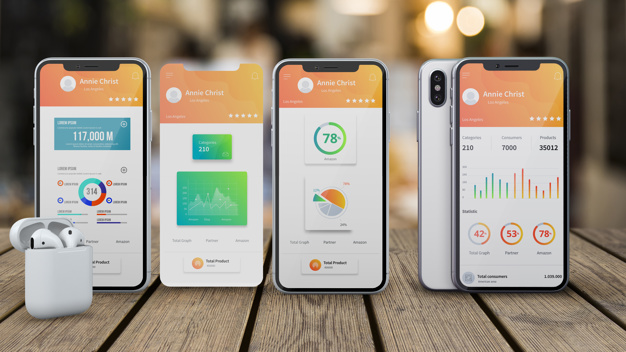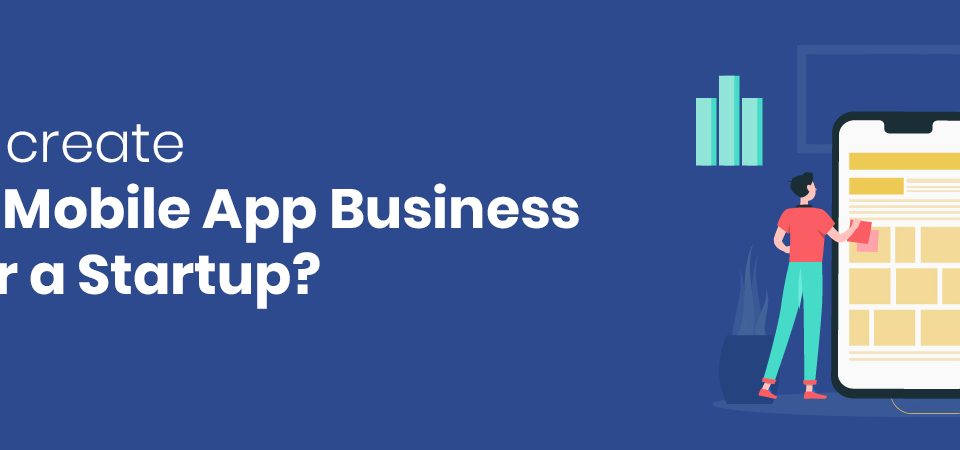
gy
Some experts consider mobile app development as a black box because they have to accomplish many difficult steps, while others find it easy and fun to develop mobile apps. The app creators should learn the things they want to execute before they start developing mobile apps for both platforms. There are many benefits of creating mobile apps for small or even medium-sized businesses. Mobile apps create billions in revenue and smartphone users spend adequate time using different types of apps.
1. Researching the Market & Mobile App Development
Some people may already have some amazing mobile app ideas for their business. However, before you begin the design and development phase, the first step should be doing vigorous research of your own business, target audience, and competitors. Try to answer to the following questions before starting app development:
- What are the things you wish to accomplish from your mobile app?
- Where does it fit in the mobile marketing plans?
- What is the target audience?
- How do you want the potential customers to use the app?
- What development platforms will you use?
- Which mobile app development language and framework should you use?
- What are your competitors doing? Do they have apps? If so, what features do they offer?
2. Creating Mobile App Goals and Objectives
This is a basic step in the planning phase of the mobile apps. After determining the mobile app will advance important objectives in the mobile marketing scheme, you have to figure out how your app will get you there.
- What issues will the mobile app solve for their customers?
- What amazing features will it include?
- What is your app’s core strategy and appeal?
In several cases, trying to evaluate your app’s features and benefits is a balancing act between the app development budget and your in-house capabilities. But, when it comes to prioritizing overall functionality, research shows that app design should emphasize customer engagement over exclusive services.
3. Preparing Wireframes and Storyboards
At this point, the app creators should have a pretty good idea about what the app will look like and what features they wish to include. The development team should also prepare a scope of work which pieces of the process will be performed in-house and which will be contracted out. It’s time to begin sketching out the app and creating a nice storyboard.
There are several online tools for wireframing the app, the ultimate goal at this point is to create a clear picture of how the ideas and proposed features will merge together into a functional app. Also, develop a storyboard or a clear roadmap to show the connections between each screen and how users will navigate through the app.
4. Defining the Backend of Your Mobile App
The wireframes and storyboards can easily serve as a guide for the backend structures you’ll need to support your app. When it comes to creating storyboards, consider designing APIs, data diagrams, servers, data integration, and push notification services. In several cases, small and medium-sized businesses find choosing a mobile backend as a service platform makes sense, since they resolve common challenges like scalability and lack of in-house talent.
5. Finalizing the Wireframe and Testing the Prototype
It is crucial to nail down any changes in the wireframe identified during the backend planning process. Once the development team has agreed upon the wireframe and storyboard, it’s time to create an interactive prototype. Prototyping is one of the basic and essential steps in the app development process because it gives you a chance to analyze design concepts, gather feedback, and identify dead links and flaws in the flow and usability of the mobile app. There are several amazing prototyping tools available online to simplify the process.
6. Developing the App
Developing the mobile app involves many steps and processes. If you aren’t using an app development platform or mobile provider, the developer will have to set up the actual storage solutions, databases, APIs, and servers for the backend of your app. Don’t forget to set up developer accounts for the app stores you plan to use to distribute your app, if you don’t already have them, this crucial step can take many days to complete and is easy to overlook. It’s also a better idea to read through the app store guidelines so the mobile app isn’t rejected during the review process.
7. Testing the App Several Times
With the advancement in technology, the developers can finally have a complete app concept with amazing graphics and perfectly placed text. Now you need to accurately test the app in a wide variety of real-world scenarios to target and correct any technical flaws. Check the original design and planning documents and check every feature without assuming anything.
8. Preparing for the Launch
The necessary steps you take to prepare for your app launch may have the greatest impact on its ultimate success and getting the marketing department involved early in the process is one of the most crucial. Social media marketing will help you with keyword research, which is essential for SEO purposes and app store optimization, both of which are viable for discoverability.



